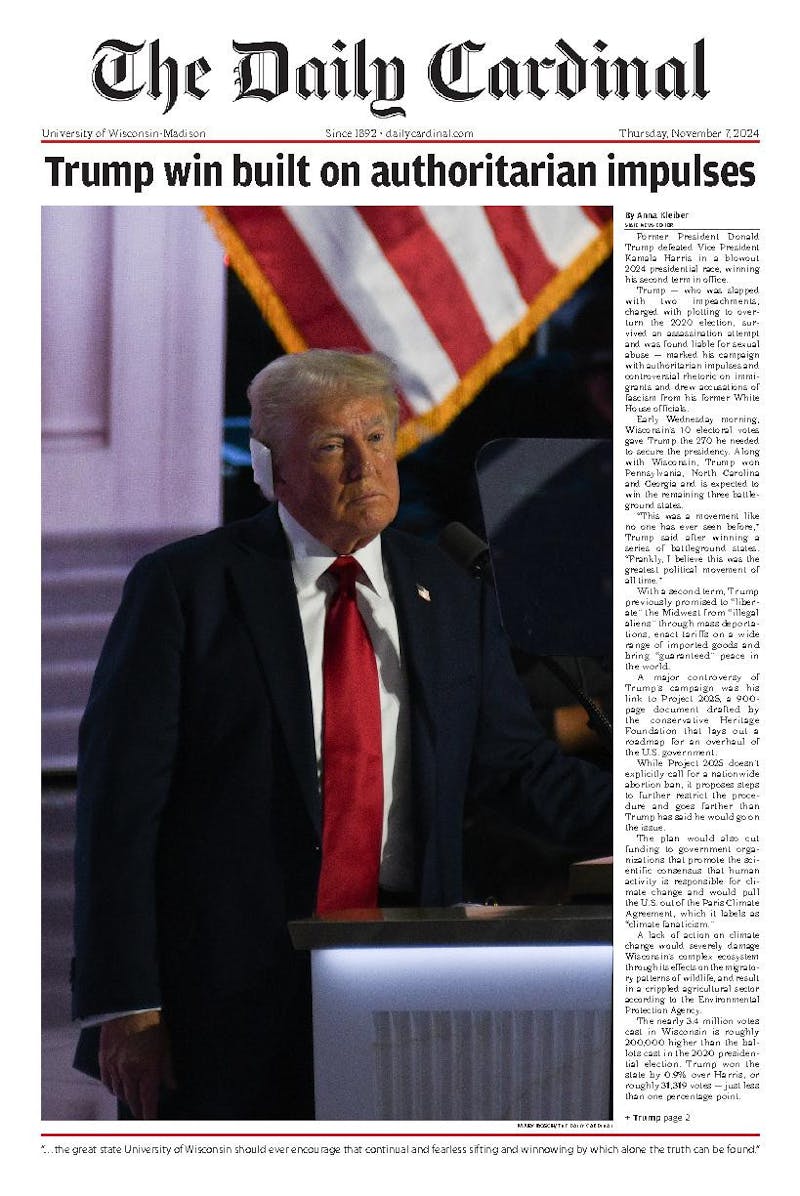The evening skies will be the stage for a rare celestial show for the next few weeks, providing the opportunity to see up to five planets with the naked eye.
The brightest planet now is Venus, \a frequent visitor in the sky,"" said Eric Wilcots, UW-Madison associate professor of astronomy. Venus will be visible at night in the west for another month.
Jay Gallagher, UW-Madison professor of astronomy, said the best time to view Venus will be April 22 and 23, when it ""will be near the moon after sunset and make a beautiful sight.""
Gallagher said skygazers will be in for a particular treat June 8, when Venus will be in transit-that is, it will pass between the Earth and sun. Beginning at sunrise an observer would see Venus pass across the face of the early-morning sun over the course of six hours, an event that last occurred almost 120 years ago.
Four other planets are visible in the April night sky. Jupiter is presently the second-brightest planet and will remain so for a few months. The other visible planets, lying on the same line as Venus and Jupiter, are Saturn, Mars and Mercury.
Saturn is currently tilted such that even a novice astronomer with a store-bought telescope can see its rings. Jupiter is close enough that its rings and four of its moons will be visible through a telescope.
Wilcots said today's amateur astronomers can purchase telescopes with lenses two to four inches in diameter. He said such a lens is sufficient to see the beauty of the planets.
""Galileo was using a two-inch telescope when he discovered Saturn's rings,"" he said.
Wilcots invites the general public to the Washburn for free viewings through its 15.5-inch telescope. The viewings are held on the first and third Wednesday of every month when the sky is at least 75 percent clear.
During an evening showing, the observatory host will typically focus the telescope on the moon, planets and star clusters, depending on which bodies are closest and most visually accessible. The telescope is open to the night air, so visitors are advised to dress accordingly.





